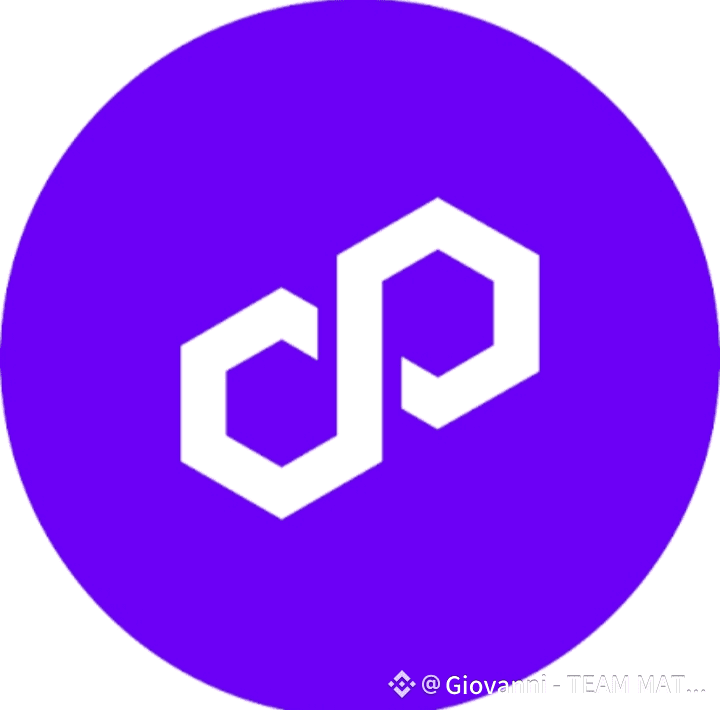In 2021, Polygon emerged as one of the most influential innovations in the blockchain industry. After a major restructuring, it evolved from a simple Ethereum sidechain into a comprehensive framework designed to create a multi-chain world fully compatible with Ethereum.
Since then, Polygon has become a core driver in shaping the future of Web3 and decentralized applications.
The Beginning and Technical Transformation (2021)
The real turning point came in February 2021, when the founding team announced the official transformation into Polygon Technology.
The vision was clear — not just to reduce gas fees, but to build a unified infrastructure that allows developers to create interconnected, scalable, and secure blockchain networks.
From that moment, Polygon began attracting major projects and developers seeking faster and more cost-effective solutions, especially within the DeFi and blockchain gaming sectors.
Technology and Continuous Evolution
Polygon is powered by the Proof-of-Stake (PoS) mechanism to secure its network, yet it has gone far beyond that by developing multiple advanced solutions:
Polygon PoS Chain – The main network that processes thousands of transactions per second with minimal cost.
Polygon zkEVM – A zero-knowledge solution that offers Ethereum-level security with higher throughput.
Supernets – A customizable framework enabling developers to build private, Ethereum-connected blockchains.
This dynamic evolution has made Polygon one of the most widely adopted blockchain ecosystems, serving as a foundational layer for modern decentralized applications.
The NFT Boom on Polygon
By mid-2021, Polygon became a central hub for Non-Fungible Tokens (NFTs).
Its low fees and fast transactions attracted artists, creators, and global brands eager to explore digital ownership.
During 2022–2023, Polygon introduced innovative tools that allowed users to mint NFTs without gas fees, making creation more accessible than ever.
Between 2024 and 2025, world-renowned companies such as Reddit, Nike, and Starbucks launched their digital collectibles on Polygon — further validating its reliability and scalability.
According to several reports, NFT sales on Polygon surpassed $2 billion by mid-2025, with a sharp increase in active wallets and monthly trading volume
Polygon’s Role in the Digital Economy
Polygon has evolved beyond being just a blockchain network; it’s now a comprehensive digital ecosystem that connects decentralized finance, digital ownership, and social interaction in a single scalable framework.
Its flexibility and compatibility make it the preferred choice for Web3 projects aiming for mass adoption without compromising on security or performance.
Conclusion
From 2021 until today, Polygon has proven to be more than a technical solution — it’s a pillar of the modern Web3 economy.
Through constant innovation, strong partnerships, and leadership in NFTs, DeFi, and digital infrastructure, Polygon continues to shape the way blockchain technology integrates with real-world applications.
